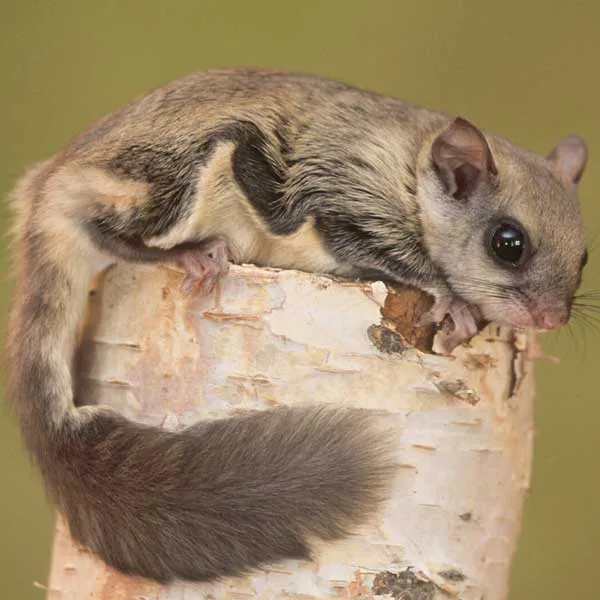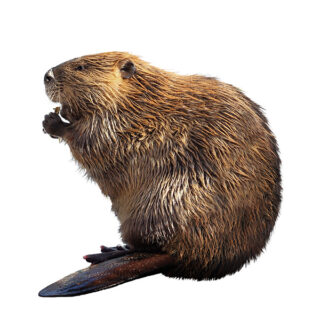Northern Flying Squirrels in North Carolina
Northern flying squirrels are known for their ability to glide and are found in deciduous and wooded areas in North America. The northern flying squirrel is slightly larger than the southern flying squirrel but is otherwise very similar in behavior. Between their front and rear legs, flying squirrels have a furry membrane called a patagium that enables them to glide through the air, often from one tree to another. Northern flying squirrels become pests when they take up residence in a homeowner’s attic or walls.
Northern Flying Squirrel Habitat
Northern flying squirrels are most often found in large hickory and beech trees, as well as maple, poplar, and oak trees. The northern flying squirrel will often nest in natural cavities and woodpecker holes. They are rarely found in suburban neighborhoods unless there are heavily wooded areas in the vicinity. Flying squirrels are known to enter homes in late fall when temperatures begin to drop. In addition to nesting in high places like attics, flying squirrels can also be found in external walls and between floors, using insulation as nesting material.
Northern Flying Squirrel Behaviors, Threats, or Dangers
Northern flying squirrels have been implicated in the spread of human diseases, although direct transmission to humans is rare. However, they can do considerable damage to the exterior of homes as they try to create new entryways to access attics and interior wall voids. Once inside a home or structure, they can gnaw on electrical wiring, possibly causing an electrical short or fire. When flying squirrels construct nests in homes, they can cause odor and damage as they leave behind urine and feces. Since flying squirrels are quite social and nocturnal, homeowners with an active infestation often hear them scurrying around in the attic after midnight. If you are having an issue with northern flying squirrels, it is best to consult a professional wildlife control company for removal.
Need help with Northern Flying Squirrel control?
Need Pest Control Service?
Leave your information below and we’ll be in touch with a FREE quote!
"*" indicates required fields
*During normal business hours. After hours calls will be returned the next business day.





